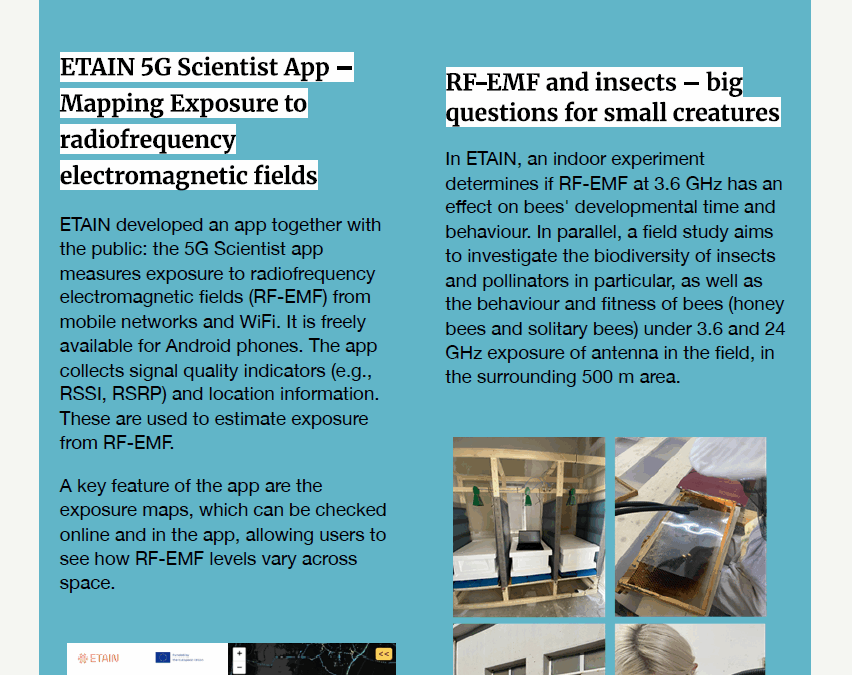
CLUE-H Newsletter | Issue #2 | September 2025
The 2nd Newsletter of the CLUE-H has just been released.

The 2nd Newsletter of the CLUE-H has just been released.
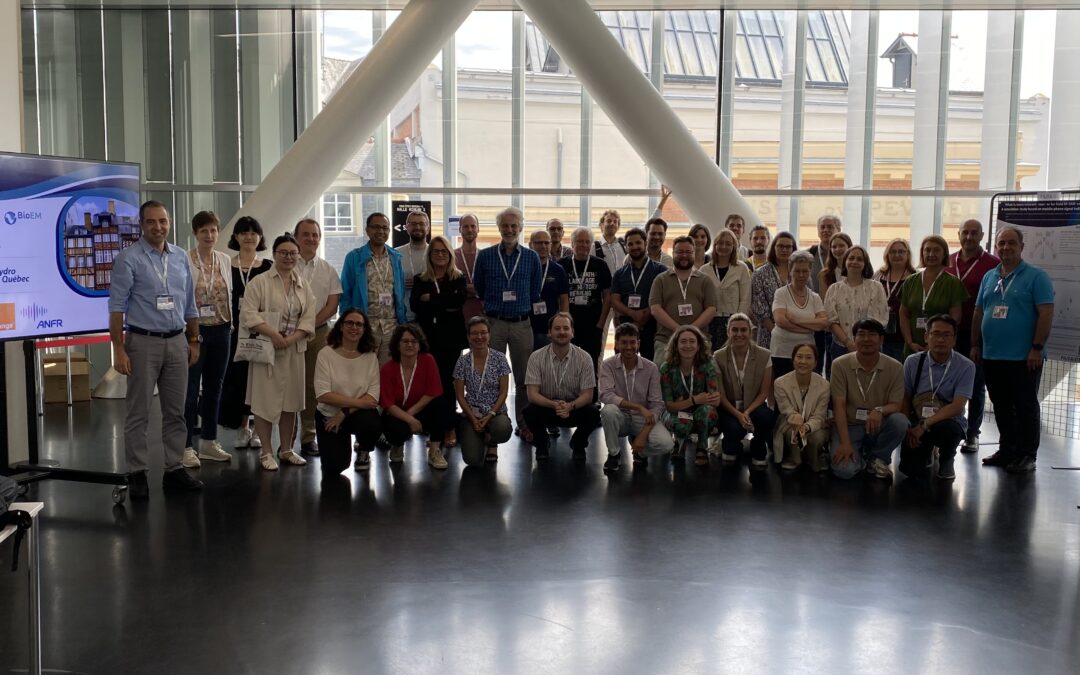
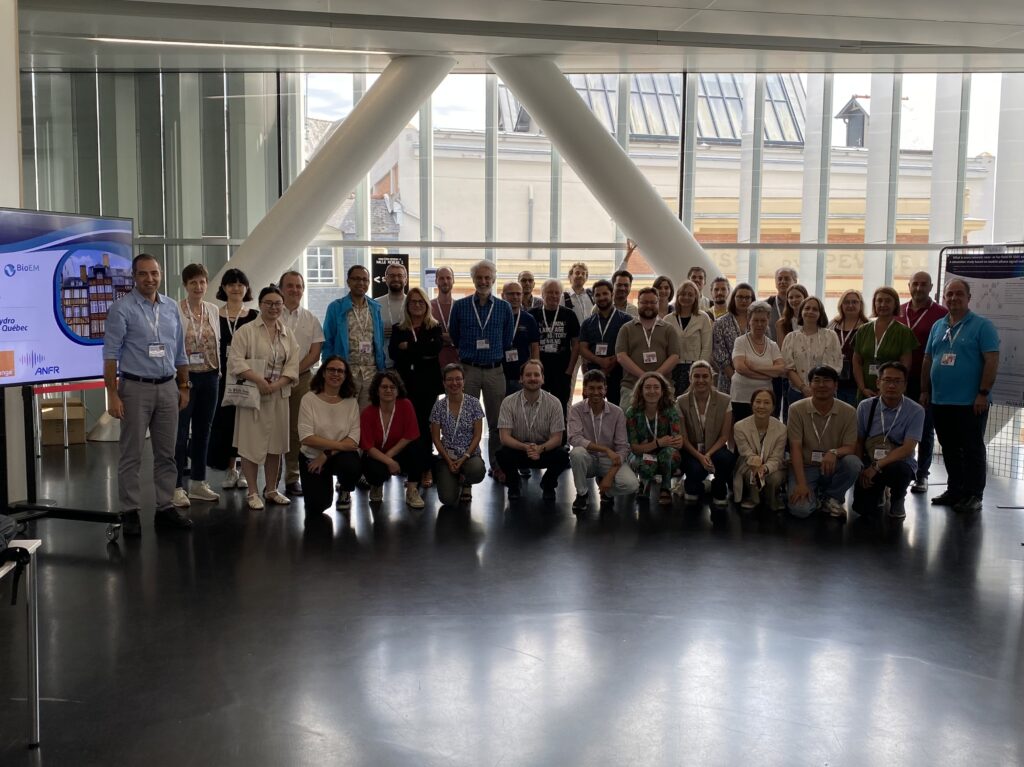
Proudly representing CLUE-H at the 4th Annual Meeting at BioEM 2025
CLUE-H 4th Annual Meeting at BioEM 2025
The 4th Annual Meeting of the European Cluster of EMF and Health (CLUE-H) took place on 25 June 2025 during BioEM 2025 in Rennes, France, at the historic Couvent des Jacobins. This annual event brought together key stakeholders from academia, industry, and policy to review progress, address challenges, and plan future directions in EMF and health research. Remote access enabled broader participation, ensuring that researchers from across Europe could join the discussions.
Like last year, the meeting featured updates from the cluster projects—NextGEM, SEAWave, GOLIAT, and ETAIN—which together aim to fill knowledge gaps regarding the impact of wireless technologies on health and the environment. The agenda included dedicated sessions on communication, data management, experimental studies, exposure assessment, and policy development, with project coordinators and working group leaders presenting the latest findings.
At the special CLUE-H cluster session, Anke Huss, ETAIN project coordinator from Utrecht University, shared the latest project developments. The session offered a valuable opportunity to exchange insights, align methodologies, and deepen collaboration, particularly on experimental studies and exposure assessment. Over 40 participants attended, reflecting the shared commitment across projects to advancing EMF and health research.
For readers interested in more detailed information, updates about the BioEM meeting can also be found on the ETAIN website and the NextGEM website.
Next steps and follow-up:
Continued dissemination of policy briefs and scientific findings.
Further harmonisation of experimental protocols and data management practices across projects.
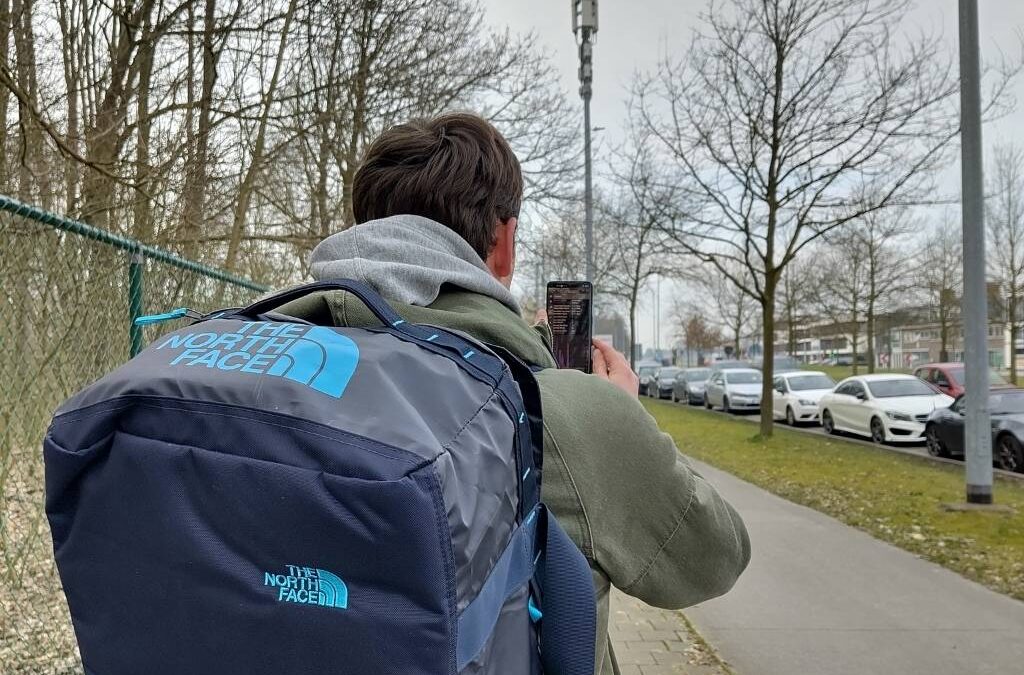
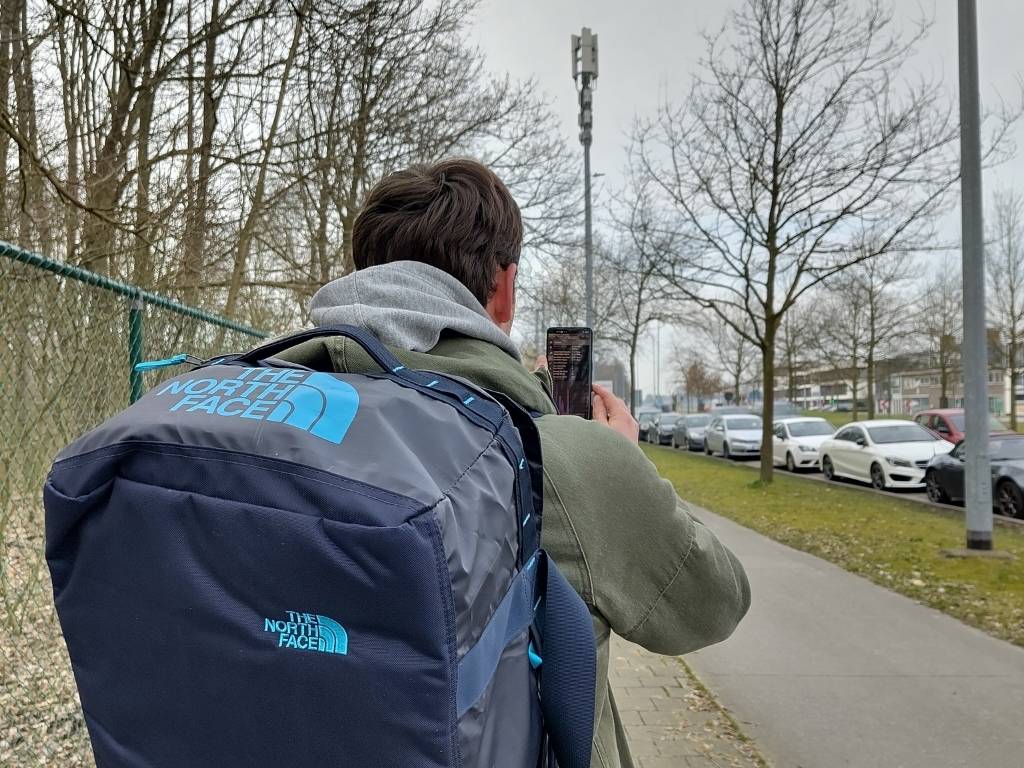
A Project GOLIAT study in seven EU countries found that more base stations mean lower RF-EMF exposure from phones, and that 5G needs less transmit power than 4G, reducing user exposure when sending data
A study from the GOLIAT project, led by Ghent University, has assessed 4G and 5G uplink exposure in seven European countries. The results, published in Environmental Research, suggest that the density of base stations is a predictor of personal exposure to radiofrequency electromagnetic fields (RF-EMF) when using a mobile phone: the more base stations there are, the lower the exposure from the users’ own phone when sending data. The researchers also found that 5G requires less transmit power than 4G.
The study used a new methodology to assess exposure to 4G and 5G in 282 microenvironments from Belgium, Italy, the Netherlands, Poland, Switzerland, and the UK. The aim was to find out what a person’s exposure is when using the phone at maximum data upload capacity and in different everyday locations – or microenvironments – and city sizes. To simulate personal exposure from one’s own phone, the researchers designed a backpack containing a phone equipped with an application that measures transmission power.
Between February and October 2023, trained researchers walked with the backpack in parks, on public transport, in city centres, in industrial areas and in other specific areas of five city types with different levels of urbanisation and population density: a large city with more than 500,000 inhabitants (usually the capital), a medium-sized city with between 100,000 and 500,000 inhabitants, and three villages with less than 100,000 inhabitants.
As they travelled through the different micro-environments, they carried a mobile phone configured to upload large files to a remote server, so that it would operate at maximum load and they could measure the energy transmitted (or transmission power).
The results
In general, the results showed that in areas with a higher density of base stations – also known informally as mobile phone antennas or towers – the phones used less power to transmit the data, resulting in lower exposure for the user. For example, in almost all countries, the energy emitted by phones in villages was higher than in big cities. Similarly, transmitting power was generally higher in parks or in villages, where there are usually fewer base stations and they tend to be further apart. Conversely, the microenvironments where the phones emitted less energy were mainly in big cities or industrial areas.
“Our results are in line with previous studies analysing 4G. Basically, the idea is that the stronger the signal from the base station, the less effort the phone has to make to send data. We need more research to fully understand the differences between different microenvironments,” says Bram Stroobandt, researcher at Ghent University and first author of the study.
The Netherlands was the country where phones emitted more energy to transmit data, followed by Belgium, Hungary and Italy, while the medians in Switzerland and Poland were lower. “The fact that the median is lower in Switzerland and Poland can be attributed to better network connections. Switzerland has Europe’s first commercial 5G network and is therefore ahead of other countries.” says Bram Stroobandt.
5G vs. 4G
In addition, the data analysis showed that the 5G bands require lower transmit power on average than 4G, suggesting that the exposure to RF-EMF when using a phone is lower with 5G than with its predecessor. However, as 5G is not yet fully deployed, the authors found that 4G is still the main contributor to exposure.
“Our study paves the way for the personal exposure assessment of European citizens and provides important measurement data for epidemiologists and governments,” says Wout Joseph, researcher at Ghent University and lead author of the study.
Reference
Bram Stroobandt, Han Van Bladel, Adriana Fernandes Veludo, Kenneth Deprez, Sam Aerts, Leen Verloock, György Thuróczy, Piotr Politanski, Kinga Polanska, Gabriella Tognola, Marta Parazzini, Joe Wiart, Mònica Guxens, Martin Röösli, Wout Joseph, Auto-induced uplink 4G and 5G RF-EMF exposure assessment using a network monitoring application in different microenvironments across seven European countries, Environmental Research, Volume 270, 2025, 121029, ISSN 0013-9351, https://doi.org/10.1016/j.envres.2025.121029
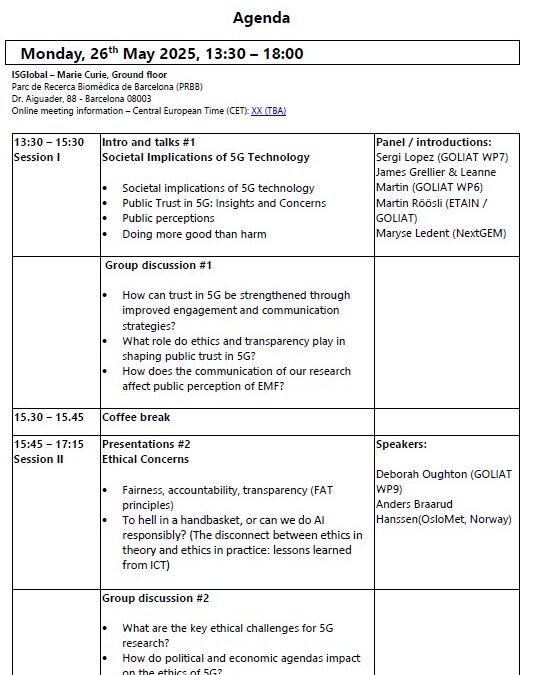
The international consensus workshop “Societal and ethical impacts of 5G technology” will be held on the afternoon of Monday 26th May 2025 in a hybrid format: online and at the Barcelona Institute for Global Health (ISGlobal) in Barcelona (Spain).
The seminar is a joint activity of the Cluster on Electromagnetic fields Exposure and Health (CLUE-H) and is being organized by researchers of the EU funded GOLIAT Project. An important aim of GOLIAT is to foster broad interdisciplinary discourse on the societal and ethical implications of 5G technology. This workshop will focus on some wider challenges to risk perception, communication, and trust, uncertainty management, and other ethical issues such as collective and individual responsibility.
Participation is open to anyone interested in this topics and diverse perspectives and reflections will be much valued.
All workshop participants will receive a certificate of attendance documenting their involvement, as well as the report from the meeting.
Please register here for attendance.
Any practical questions can be directed towards Project Manager Gabriela P. Peralta gabriela.peralta@isglobal.org, ISGlobal.
For questions about the program, contact the workshop organizer Rani Lill Anjum rani.anjum@nmbu.no, Norwegian University of Life Sciences.
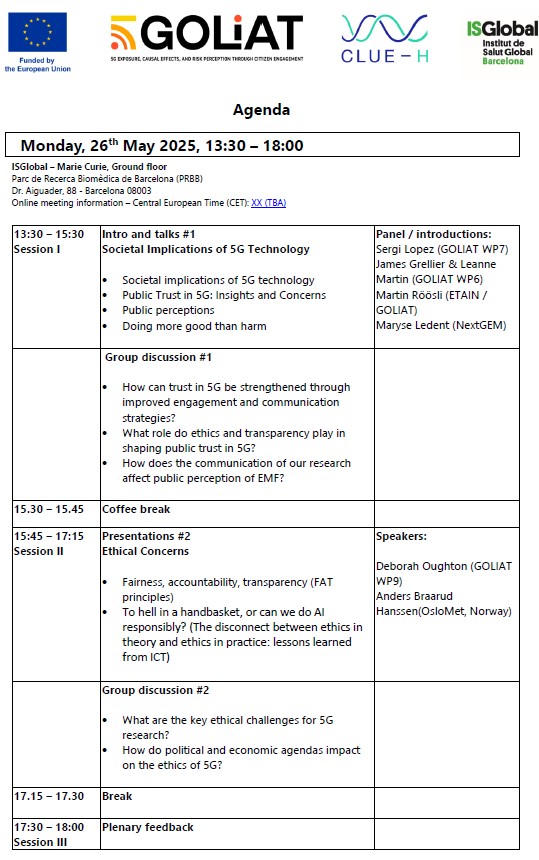
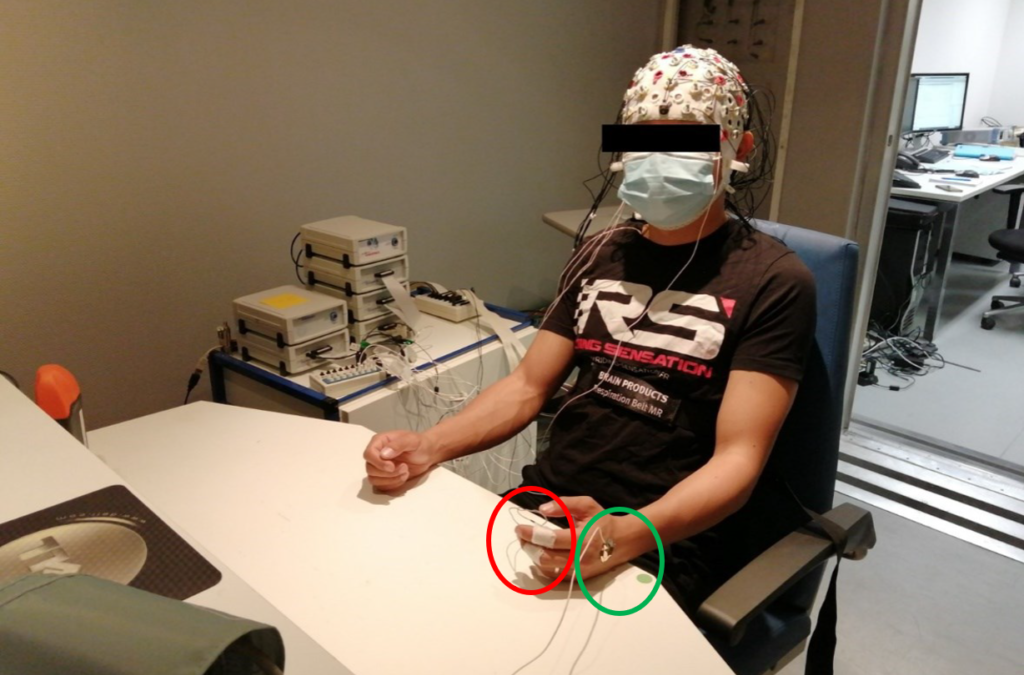
A GOLIAT pilot study involving 44 volunteers has assessed whether exposure to 5G induces changes in the autonomic nervous system. The study, led by researchers from INERIS, found that exposure to 5G may be associated with a small but statistically significant increase in body temperature and a minimal modulation of certain electrodermal metrics. The results are published in the journal Experimental Physiology.
The research team chose skin temperature and electrodermal activity, which measures the electrical conductance of the skin, as markers of autonomic nervous system responses. In a laboratory in France, a set was built using an antenna and a 5G generator to simulate exposure levels that are currently found in the environment.
In two randomised and blinded sessions within one week, the 44 young volunteers were exposed either to real 5G emissions or to sham sessions with no radiofrequency emissions. During these sessions, the researchers recorded the volunteers’ electroencephalograms and electrocardiograms, and measured their body temperatures at the hands, neck and head. In parallel, a series of 10 beeps were emitted during each session to assess, using two electrodes placed in the volunteers’ fingers, whether these auditory signals elicited any skin conductance responses.
The results showed some changes in body temperature after the experiment. While there was no change in the temperature of the hands, there was a slight increase in the temperature of the head and neck at the end of the sessions.
“The increase in temperature in the head and neck could be explained by the fact that the main beam of the antenna was directed at these parts of the body and therefore received the maximum exposure intensity, while the hands were placed on the table and received a lower level of electromagnetic field,” says Layla Jamal, researcher at INERIS and first author of the study.
In terms of electrodermal activity, the researchers observed that the auditory signals sent to the participants were associated with a decrease in global mean skin conductance, as well as some changes in other parameters of electrodermal activity.
“The observed change in global mean skin conductance suggests that exposure to 5G may affect our physiological response to an auditory stimulus. In addition, we found a decrease in latency, the time between the beeps and the body’s response to them, which could indicate a faster or more efficient cognitive response,” says Brahim Selmaoui, researcher at INERIS and last author of the study.
“In any case, we must point out that all the differences observed, although statistically significant, are small in absolute terms and within normal physiological ranges. This is a preliminary study with a small sample size, so further research is needed before we can draw any conclusions,” adds Dr Selmaoui.
Reference
Jamal, L., Michelant, L., Delanaud, S., Hugueville, L., Mazet, P., Lévêque, P., Baz, T., Bach, V., & Selmaoui, B. (2024). Autonomous nervous system responses to environmental-level exposure to 5G’s first deployed band (3.5 GHz) in healthy human volunteers. Experimental Physiology, 1–12. https://doi.org/10.1113/EP092083
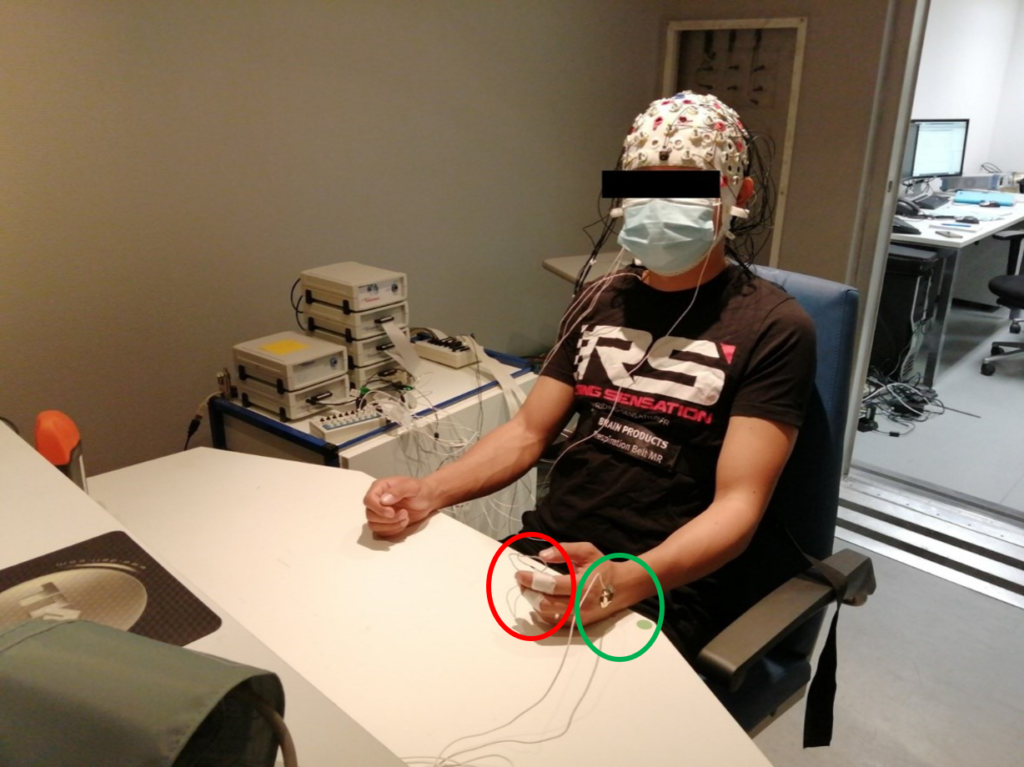
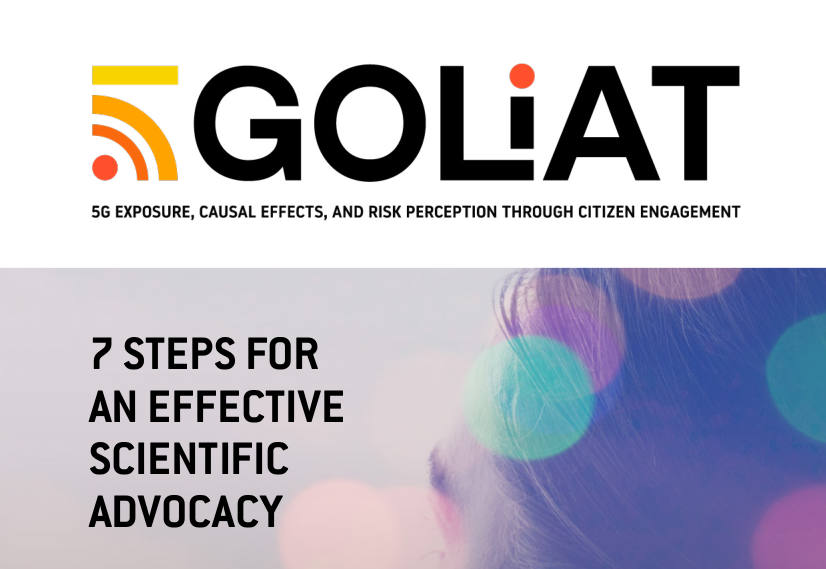
One of the biggest difficulties that scientists face is how to translate research results into society so that they have a real impact. To help in this task, Project GOLIAT has presented a short guide that brings together 7 basic recommendations for scientists who wish to use advocacy to get their results translated into action by politicians or administrations. The document was written by Alberto Rocamora, from the Policy team at the Barcelona Institute for Global Health (ISGlobal) and is aimed at scientists with no previous experience in policy.
The document is called 7 steps for an effective scientific advocacy and it is publicly available on Project GOLIAT’s website.
